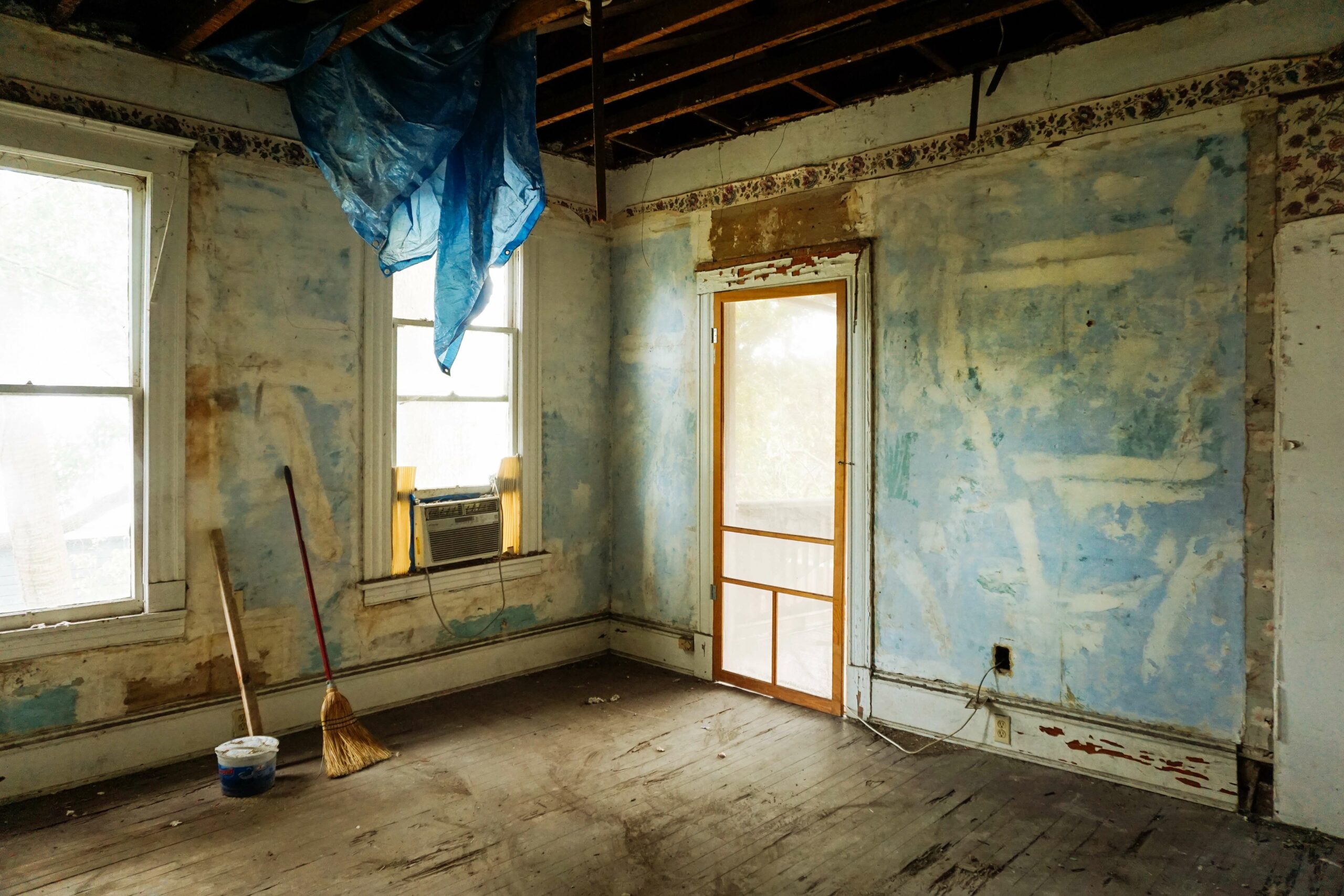Whether it's an old or new property, renovation becomes necessary after a certain period. This process also provides an opportunity for the owner to modernize or customize the living space to their liking. Renovating a house or apartment involves significant work, especially if you intend to reconfigure the rooms. Therefore, to facilitate the project and provide an approximate cost estimate, the sequence of work is crucial. It's important to understand each stage of the renovation process.
Renovating a Property : Organizing the Professionals Involved
If you're considering renovating a house or apartment, involving multiple tradespeople is necessary. Moreover, to prevent artisans from waiting for their turn to work on the site, planning is indispensable. It's essential to define the order of interventions and schedule professionals according to the ongoing work. If you're engaging various trades and not a specialized renovation company, comparing prices is vital. This way, you can obtain an approximate quotation for the renovation work to be carried out.
If you're planning to renovate your property, it's crucial to note that the presence of an architect is necessary, regardless of the phase of the project. Work logically begins with structural work and is followed by finishing work. Therefore, it's crucial to summon artisans according to the order of work during the renovation. This will allow professionals to organize their schedules to be available when needed. Otherwise, the project may be delayed. A renovation project that should be completed in a few months could end up taking an entire year.
Demolition of Renovation Areas
The first necessary intervention in a renovation project is the demolition of the existing structure. If the property in question is a multi-story house, it's essential to start from the top and work downwards to the ground floor. Safety rules must be followed. Therefore, professionals should handle the demolition of partitions, chimney, ceiling, and potentially the roof. During demolition, you can take the opportunity to create new openings or enlarge certain rooms. Additionally, if you plan to demolish walls, seek advice from a structural engineer to determine if they are load-bearing.
If the preliminary assessment demands it, asbestos removal must also be carried out during this phase of renovation. This operation requires the services of a specialized company. In the case of particularly old properties, it's also time to remove electrical equipment that no longer meets standards and outdated plumbing made of lead or metal.
Clearance Work
Once demolitions are completed, it's crucial to remove all construction waste. Clearance work is essential as it allows artisans to work under favorable conditions without obstacles hindering their progress. Moreover, a clean worksite generally encourages artisans to tidy up after their intervention.
It's important to note that if your construction site is in the city center or nearby, specific requests need to be made. These may include obtaining permits for bin placement and parking. Planning in advance is crucial as there are minimum timeframes to adhere to. Information regarding these requirements can be obtained from the urban planning department of your municipality. This way, you can gather details about any additional permits required.
Space Reconfiguration
In the context of renovation, whether it's a house or an apartment, it's common to modify the layout of space. Therefore, if you want to add a wall or construct an extension, this is the best time to do so. Seeking advice from an architect to explore possibilities is recommended. However, it's crucial to communicate all your requirements to ensure they are incorporated into the project.
Electrical and Plumbing Work
Once the layout of each room is decided, you can proceed with electrical and plumbing work. Typically, most properties undergoing renovation require updates to meet current standards. Furthermore, it's essential to note that some tasks are dependent on others, such as electrical and plumbing work. Therefore, effective organization is necessary at this stage to avoid significant delays and cost overruns.
In general, electricians wait for plumbers to finish installing drainage and water supply systems. The placement of various elements in the kitchen, bathroom, toilet, etc., depends on the plumber. Thus, communication between these two trades is crucial. The electrician can then install conduits, switches, outlets, etc. It's worth noting that upgrading electrical installations may qualify for a subsidy from the National Housing Agency (ANAH), enabling savings on your renovation project.
Home Insulation
Once all the utilities are installed in the dwelling, you can proceed with thermal and sound insulation. This step can have a significant impact on the energy bill. It's important to note that to optimize heating efficiency in the building, all walls in contact with the exterior should be insulated. Additionally, the floor, roof, walls, and windows require proper thermal insulation. If your house has an attic, it's crucial to install adequate insulation to reduce energy costs.
As a reference, most thermal losses occur through the roof and attic. Therefore, proper roof insulation is essential. These steps should be carried out by specialized artisans to ensure the quality of work. The thermal resistance of materials should also be chosen according to requirements and standards.

You're just a few clicks away from renovating your home.
Partitioning
Once these steps are completed, the workforce responsible for partitioning and the one responsible for door and window frames can begin their work. They can thus respect the new room layout according to your requirements for renovating your property. It's important to note that the door and window frames should be installed after partitioning. Also, if any windows are severely damaged, it's the ideal time to replace them. This is particularly crucial as windows are vital elements of the building that can impact future renovation work.
Heating Installation
Once thermal insulation and partitioning of the building are completed, attention should turn to heating the property. If you're renovating your property to improve thermal comfort or reduce energy consumption, you may be eligible for a grant. This is the "Ma Prime Renov'" scheme from ANAH. It's essential to opt for efficient equipment. In this regard, you have several options.
If you choose heat pumps and photovoltaic panels, note that they use renewable energy to produce cool or warm air. Regarding the latest-generation boilers that run on gas and fuel oil, they ensure maximum efficiency. You can also use advanced radiators to significantly reduce the energy bill if the building has very good insulation.
If you're unsure about the type of heating to choose for the building, you can enlist a certified technician to conduct a thermal study. This professional can determine the most suitable system for your property. This can facilitate access to grants and aids provided by the state for low-energy buildings.
Painting
Painting is one of the final stages of the renovation project. Moreover, it's one of the operations that require the services of a professional. The professional must apply an undercoat to the ceilings and walls, followed by one or two finishing coats. Additionally, if the finishing step requires smoothing, painting can be postponed. It's crucial to avoid any splashes and stains during the smoothing phase.
Floor Screed
In general, screed is necessary when the floor is uneven or has irregularities. It allows leveling with a layer of mortar. This way, you can level the floor after removing the existing floor tiles. Screed also enables covering a tile that you want to remove but is relatively difficult to remove.
Installation of Coverings
When you reach the covering phase, the interior work should be nearing completion. Tilers and flooring installers can then intervene. This prevents paint or glue stains on your new floor. This applies whether you choose to renovate wallpaper or apply a paint layer.
Finishing and Decoration
After installing the coverings, it's necessary to thoroughly clean before installing your various interior fixtures. You can also install lights on the openings, previously left by the electrician.
Moreover, before renting, selling, or moving into your property, it's highly advisable to hire a cleaning company. After the construction, the post-work dust settles gradually. Dirt gets into every nook and cranny of windows, ceilings, sockets, etc. Thus, hiring professionals can save you time.





